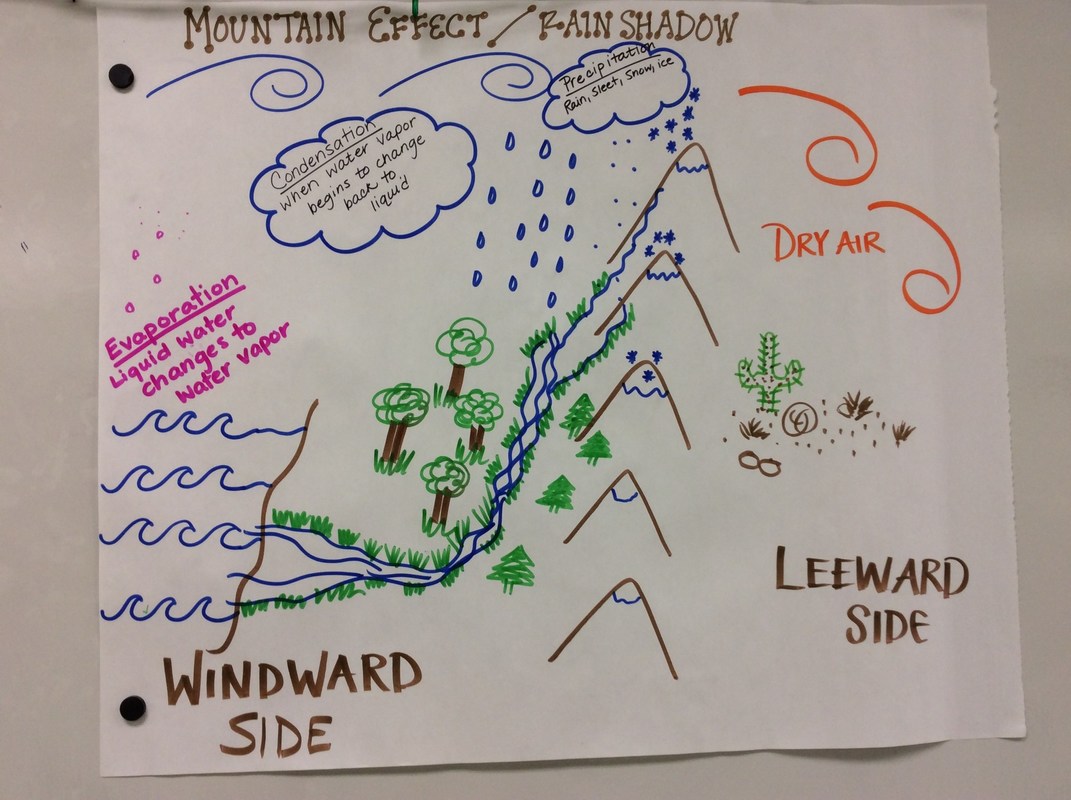
Ted Willard, NSTA, once described that, “Anchor phenomena are not an end, they are a means to an end. To be clear, a phenomenon is NOT a hook! It is not a one-time motivator, or engagement. It should be something that students need to figure out, using the science learning that will occur throughout the lesson or unit. The phenomenon doesn’t need to directly portray or address every single standard, or dimension covered in a unit or lesson, it just needs to be related. What are your standards, or what three dimensions do you want students to work with? Choose a phenomenon that will inspire a learning sequence that reaches the necessary standards, or selected Next Generation Science Standards ( NGSS) three dimensions.

“Where do I start? How do I select a phenomenon?” However, I do offer the perspective of an educator who has wrestled with the challenges of incorporating phenomena with fidelity into Elementary Science curriculum both at the unit and lesson level.Ĭoncerns and questions I have heard, or have expressed myself: Throughout and at the end of this post, you can find links to a variety of resources from experts. I am not and will not claim to be an expert on the use of phenomena to drive instruction in the Early Childhood or Elementary Science classroom.

Just as with any other subject or time in the history of science education, the most significant student learning results from intentional planning, putting our skills and knowledge to work. We are educators, professionals, practitioners of a craft and we must be intentional with our choices.

What I am trying to say is, you cannot just throw out to your Elementary students a compelling photo or video portraying a phenomenon and expect learning to occur organically from a strictly freerange exploration of the given phenomenon. What may seem like an impossible task to the inexperienced, is a smooth and efficient operation to the master cat herder. An experienced cat herder has the knowledge and skill that comes with time and practice so that the management of their feline flock is not so much like, well, you know, herding cats.


 0 kommentar(er)
0 kommentar(er)
